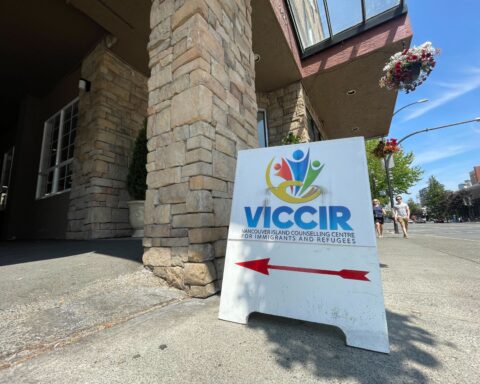The new minister of health can expect a flood of petitions on her desk on the topic of implementing a rare disease strategy for Canada.
Durhane Wong-Rieger, president of the Canadian Organization for Rare Disorders, told a crowd of health experts and industry stakeholders at an event put on by the Economic Club of Canada in Ottawa Monday that if they’re not writing letters to the new health minister and prime minister, they’re not doing their jobs.
“This strategy is long overdue,” she said. “We are way behind other countries.”
Her organization has been championing its plan for a national strategy since May, but sees an opportunity in the new federal government.
“I see it as low hanging fruit … a quick win for the party and the government if they were to bring this forward and implement it.”
Tougher for people with rare diseases
The strategy calls for improving early detection of rare diseases, improving quality of care for patients and introducing a policy framework for “orphan” drugs — those developed specifically for rare diseases. It also suggests measures aimed at creating a better information network for rare diseases, including a possible registry.
Monday’s event heard from Jonathan Pitre of Russell, Ontario, often called the “butterfly boy.” Pitre has an incurable skin condition called Epidermolysis bullosa (EB). He’s one of about 5,000 people with some form of EB in Canada, which causes his skin to blister and burn.
“For most common conditions or diseases it’s a little bit easier, there’s more knowing about them … resources dedicated to them.”
He told the crowd about the prolonged frustration of waiting for doctors to properly diagnose his condition, about the lack of appropriate adult care centres for those with rare diseases and the prohibitive cost of his medication.
“For most common conditions or diseases it’s a little bit easier, there’s more knowing about them … resources dedicated to them,” he said. “For rare diseases … it’s a bit tougher for us.”
There’s no treatment for EB in Canada – a bone-marrow transplant would cost $2.5 million, on top of the cost of travelling to and staying in the U.S. for an extended period of time.
“I think you guys noticed that’s not pocket change,” he said. “That’s unreal.”
“That’s the truth of it. Just to get that treatment that may help us … I may not live to 20. Just to be able to keep fighting we need that much money and that much resources … We can do definitely better.”
Lack of coherent, rational approach
Former Alberta health minister Fred Horne said a Canadian rare disease strategy could help deal with cases like Pitre’s in the future, and pointed to a rare drug framework as something the new government could move on quickly.
“Instead of worrying about whose jurisdiction it is, let’s look at what are the opportunities to really work together and make something happen.”
“Rare disease coverage for patients, where it exists, it’s very sporadic across the country. Some provinces have a specialized program off to the side where they can provide some assistance, but there’s no really coherent, rational approach to this. It’s a public health issue, it affects three million Canadians – that’s the call to action.”
He said a catastrophic drug coverage plan for rare diseases is critical, adding that from his experience it’s “pretty hard in a smaller budget to provide reimbursement for these drugs” because some cost hundreds of thousands of dollars a year.
Setting national standards and pooling financial resources, he said, “could do better for Canadians than we’re currently doing.
“Instead of worrying about whose jurisdiction it is, let’s look at what are the opportunities to really work together and make something happen.”
Wong-Rieger also spoke about the need to get more Canadians with rare diseases into clinical trials.
“That’s your lifeline, that’s your hope,” she said. Missing out on clinical trials can be a “major, major tragedy,” she said.
Her organization estimates that about three million Canadians – about eight per cent of the population – has a rare disease.
Published in partnership with iPolitics.ca.




